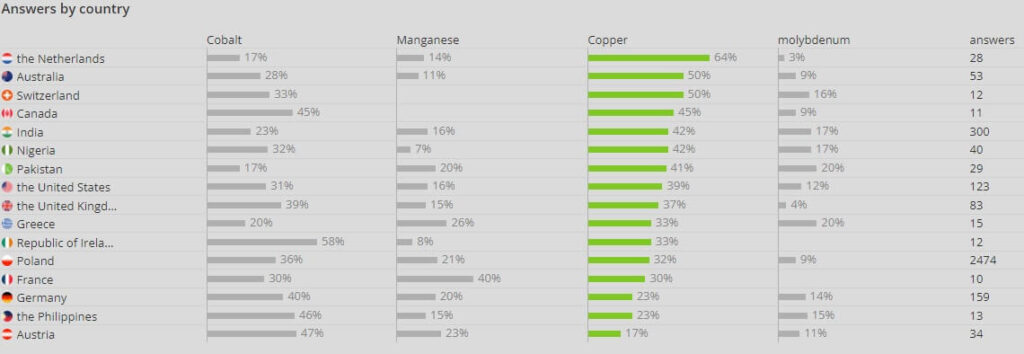Octopus, snails and lobsters and other creepy crawlies are all covered in blood that contains copper to aid in oxygen transport. This is known as Hemocyanin. Oxygenation results in a colour shift between the hueless Cu oxygenated deoxygenated version and blue Cu Oxygenated Form. Vertebrates are like humans and are iron-based.
What chemical component gives lobster’s blood the colour of blue?
Lobsters’ blood uses copper to transport oxygen throughout the body, known as Hemocyanin. Hemocyanins comprise proteins that are composed of 2 copper atoms. Contrary to haemoglobin, which is a component of red blood cells, invertebrates, such as humans (have iron-based blood) hemocyanins do not found in blood cells. They are suspended within the hemolymph. It is comprised of a liquid plasma similar to blood invertebrates.

Similar to lobsters, other invertebrates, also known as octopus spiders, snails and so on. They are identical to lobsters in their blood transportation using Customs that give a bluish species’ blood.
What chemical component gives the blood of lobsters an emerald-blue tint?
Difficulty
Hard
What chemical component gives the blood of lobsters an emerald-blue tint?
Question:
What chemical component is responsible for giving the blood of lobsters the bluish hue?
a)Hemorrhoids
b)Hemotoxin
c)Hemocyanin
d)Haemoglobin